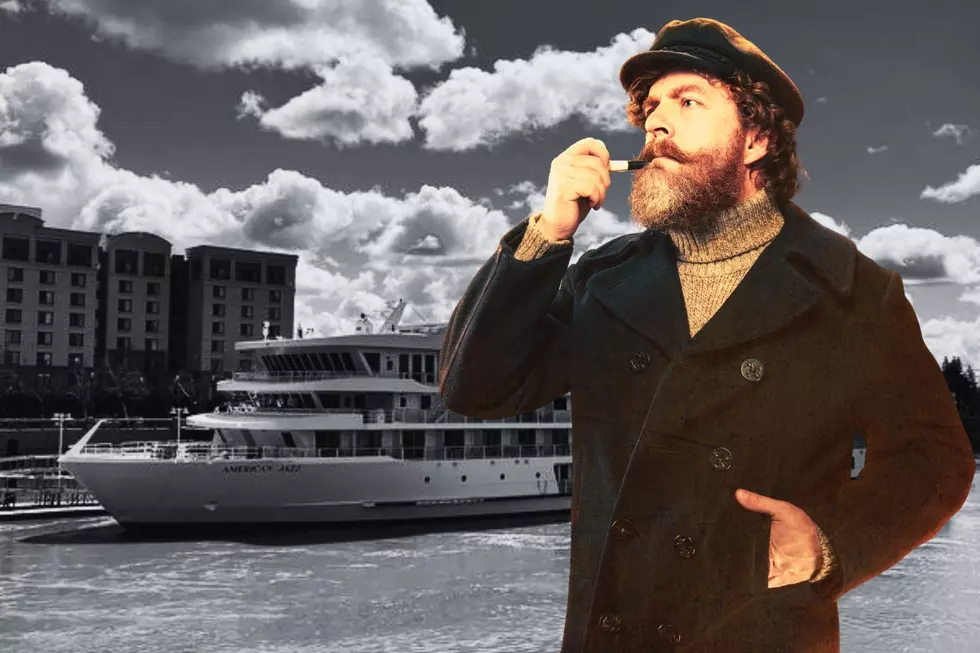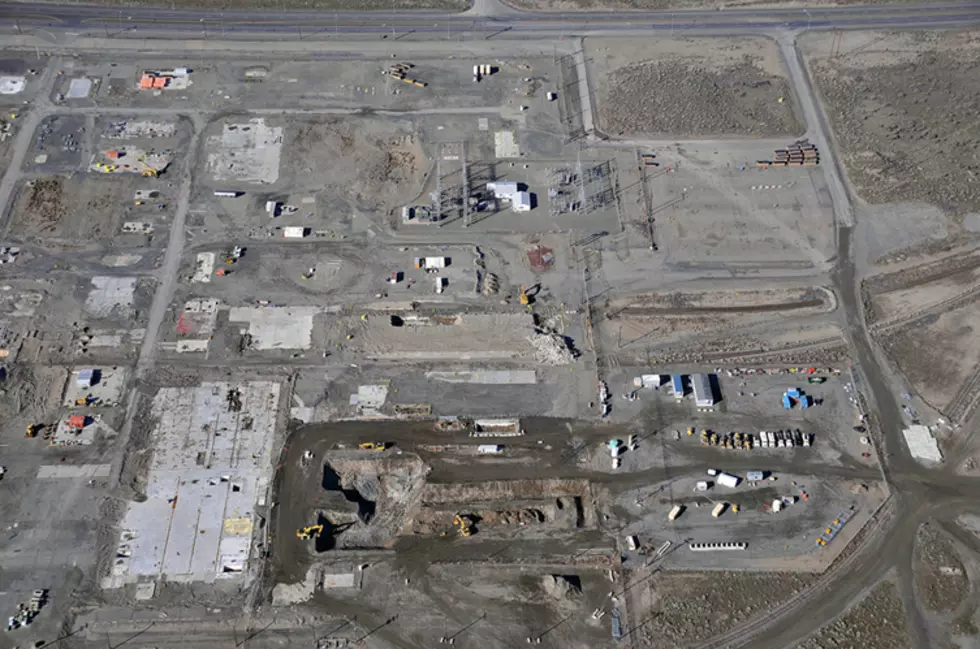
New Science Saves WA Historic Audio
Audio recordings serve as invaluable windows into our past, connecting us to moments, voices, and melodies that define our collective heritage. From historical speeches to iconic musical performances, these recordings encapsulate the essence of bygone eras, offering a glimpse into the rich tapestry of human history.
The Looming Threat of Deterioration
Despite their importance, many of these recordings face a dire threat: deterioration. Housed on aging analog formats like reel-to-reel and magnetic tape, these artifacts of sound are gradually succumbing to the ravages of time. As the tapes degrade at an alarming rate, the risk of losing irreplaceable recordings looms large, leaving a palpable sense of urgency to preserve them before they vanish forever.

A Ray of Hope Through Scientific Innovation
Amidst this challenge, a ray of hope emerges from the realm of science. Researchers have turned to cutting-edge technology to safeguard these precious recordings for future generations. Leveraging synchrotron X-ray light from the renowned Swiss Light Source (SLS), a team of scientists has embarked on a groundbreaking mission to digitize historic audio tapes, including treasures from the illustrious Montreux Jazz Festival archive.
Unveiling the Revolutionary Method
Led by physicist Sebastian Gliga, this pioneering endeavor aims to revolutionize the preservation of audio heritage. Collaborating with institutions such as the Swiss National Sound Archives and the Montreux Jazz Digital Project, the team has developed a non-destructive method to digitize degraded tapes with unparalleled accuracy. By harnessing the power of X-ray light to read the magnetic states of tape particles, they can create high-resolution digital copies that faithfully capture the essence of the original recordings.
Preserving the Sounds of History
One such remarkable success story involves the digitization of a rare B.B. King performance from the Montreux Jazz Festival archive. Through meticulous analysis and collaboration with sound engineering experts like Daniel Dettwiler, the team has been able to compare the digitized sounds with those captured by analog devices, ensuring the fidelity and authenticity of the digital copies.
Towards a Brighter Future
As the project continues to evolve, the ongoing upgrade of the SLS promises enhanced efficiency and capabilities for this groundbreaking technique. With each recording preserved and digitized, a piece of our shared history is safeguarded, ensuring that future generations can continue to explore, appreciate, and learn from the voices and melodies of the past.
In the face of looming challenges, the convergence of science and heritage preservation offers a beacon of hope, reminding us of the enduring power of technology to bridge the gap between the past, present, and future. Through their tireless efforts, these scientists are not merely digitizing recordings; they are preserving the very essence of our collective memory, ensuring that the voices of history will echo for generations to come.
TIMELESS: Bestselling Musicians of the ’70s, Then and Now
Gallery Credit: Stacker
LOOK: See the Most Famous Musician Born the Same Year As You
Gallery Credit: Stacker
LOOK: 20 American foods that raise eyebrows outside of the US
Gallery Credit: Charlotte Barnett
More From 610 KONA








